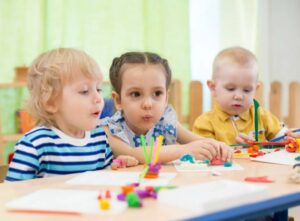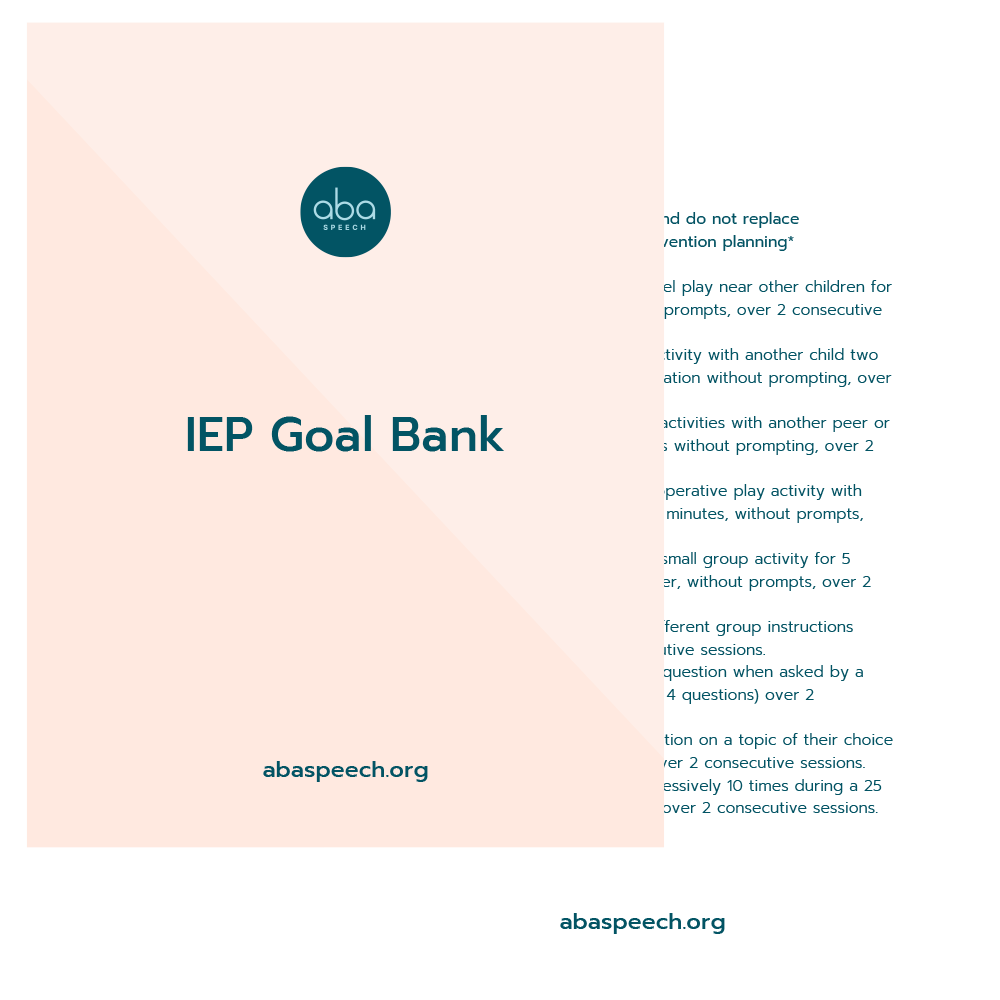Knowing is half the battle when it comes to understanding toddler communication. As parents and caregivers, it is our goal to make sure our children are hitting their communication milestones, but sometimes that is difficult if we don’t know the basics. Asking what is appropriate for each age band and asking what to encourage our children to work on are valid questions any parent asks! If this is you, no worries, just read on for some easy-to-follow information all about toddler communication milestones!
7 Months-1 Year Old
At these ages, communication is mostly gestures and small sounds. Toddlers at this age can hear and understand more than they can say aloud. Remember that is part of their communication journey! Some things a child this age can do are turn when their name is called, or look where you are pointing. Toddlers at this age understand simple terms for words like cup, truck, or daddy and can answer simple questions like, do you want more? This age is really about listening and responding, but these toddlers start to have a few words like mama and dada or hi. They also babble, point, and use gestures like waving. These are common milestones, but remember not all toddlers are the same!
2-3 Years Old
Communication definitely starts to speed up between these ages. Toddlers in this age range can understand two-part directions like, “Get the spoon and put it on the table.”
They are also starting to understand new words quickly. In terms of talking, toddlers at this age have entered the world of “why?” and love to ask it! They can also talk about things not visible in the room and have a word for most things. Toddlers at this age range also start to string words together in 2-3 word phrases and start adding in words like, ‘in” and “on.” Common sounds that toddlers can say are k, g, f, t, d, and n in words. This age range is a real explosion of language and understanding, but people closest to toddlers in this age band will be the ones to understand them all of the time, while others may not always understand them.
3-4 Years Old
Here our youngsters start to begin to understand bigger concepts like words for colors or simple shapes like circles or squares. Toddlers in this range are also able to understand words for family members like aunt or grandpa. Between 3-4, toddlers also start using pronouns like “I,” “we,” “they,” and “my.” Another growth in communication is the addition of plurals like saying toys or birds to indicate more than one. Communication grows significantly at this age band and sentence groups are used too. Children can use up to four sentences to share their thoughts and can use four words strung together. We also get into the what, why, how, when, and where questions too! They will ask them often! Rhyming simple rhymes can occur as well. Although these toddlers are making huge strides, mistakes are common like, “I goed to school.”
Toddler communication milestones grow pretty quickly and certain mistakes are common, while certain sounds are common at different ages. Milestones are great to understand so you can work on skills that are appropriate to developmental growth. If you are looking for a quick reference of all of this information, just add your email below and get the ABA Speech Communications Milestones Guide right away! I look forward to hearing from you about all of the toddler communication milestones your toddler will be meeting soon!


0 Comments